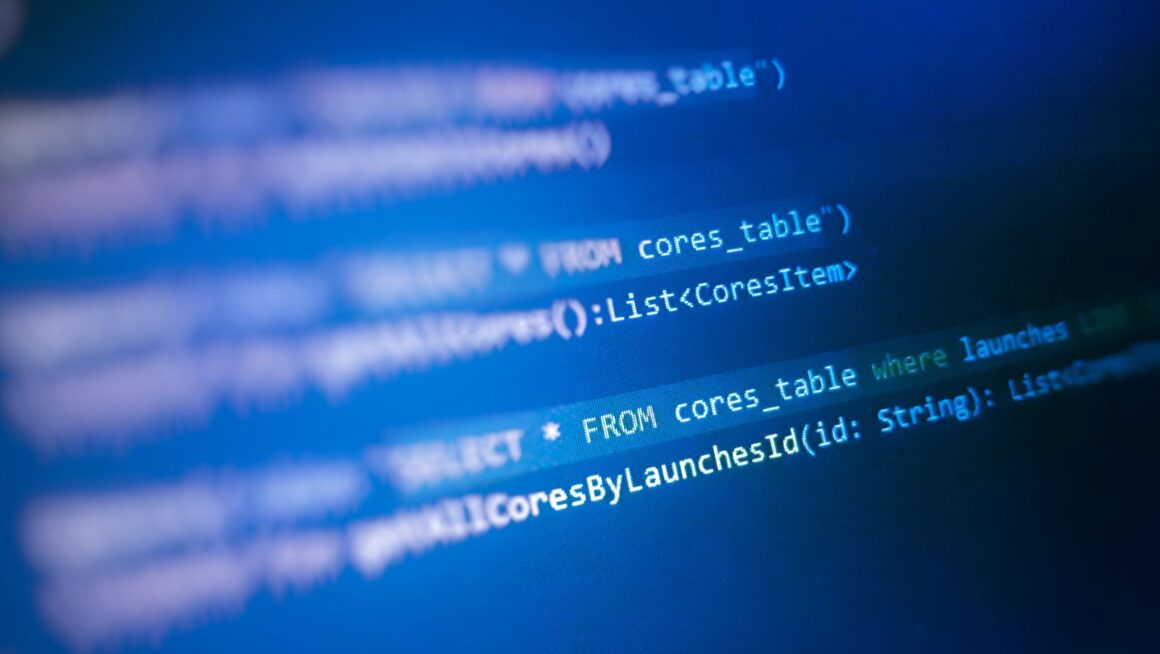As a seasoned web developer, I’ve witnessed firsthand the evolution of web programming languages. They’re the lifeblood of the internet, powering everything from your favorite social media platforms to the most complex financial systems. But with so many languages out there, how do you know which one to learn or use for your next project?
In the rapidly changing world of web development, staying current is crucial. Whether you’re a newbie looking to break into the industry, or an experienced coder aiming to level up your skills, understanding the landscape of web programming languages is key. Let’s dive into the world of JavaScript, Python, Ruby, and more, as we unravel the mysteries of these digital dialects.
Join me as we embark on this journey, exploring the ins and outs of web programming languages, their unique features, and how to choose the right one for your needs.
Peeling back the layers of our digital world, we’ll find web programming languages at the core of every platform we engage with daily. Offering a deep dive into this fascinating realm, I’ll break down its essential components, namely what web programming languages exactly are and their relevance in our electronically interconnected world.
Web Programming Languages
 Web programming languages represent a set of grammatical rules or protocols utilized for instructing a computer to perform particular tasks. Imagine them as the logic behind every function that a website performs. C++, JavaScript, Python, and Ruby are outstanding examples, driving most of the modern internet functions. The role of web programmers involves mastering one or more web programming languages, implementing them to create, maintain or enhance websites and web applications. In other words, every clickable button, every piece of information populated on an eCommerce site, and every status update you post on a social media platform – their execution runs on a code written in a specific web programming language.
Web programming languages represent a set of grammatical rules or protocols utilized for instructing a computer to perform particular tasks. Imagine them as the logic behind every function that a website performs. C++, JavaScript, Python, and Ruby are outstanding examples, driving most of the modern internet functions. The role of web programmers involves mastering one or more web programming languages, implementing them to create, maintain or enhance websites and web applications. In other words, every clickable button, every piece of information populated on an eCommerce site, and every status update you post on a social media platform – their execution runs on a code written in a specific web programming language.
Importance of Web Programming Languages
Web programming languages are central to our swiftly shifting digital landscape. They empower developers to create dynamic, interactive, and feature-rich web applications, from basic portfolio sites to robust eCommerce platforms. For instance, Python’s simplicity makes it an excellent choice for beginners, while JavaScript’s ubiquity and speed make it preferred for interactive web apps. Additionally, Ruby’s emphasis on simplicity and productivity makes it a favorite among many developers.
Choosing the right web programming language plays a pivotal role in the successful development and operation of a website or an application. A clear understanding of each language’s unique characteristics and functionalities can help steer decision-making, specifically relating to project requirements, productivity, and future scalability. As such, web programming languages dictate the operations and responses of our online platforms, turning abstract ideas into functional realities.
Evolution of Web Programming Languages
Since the advent of the internet, web programming languages have evolved dramatically, adapting to the ever-changing digital landscape. This evolution has been necessary to accommodate new technologies, satisfy user expectations, and respond to security challenges.
The First Wave: HTML, CSS, and JavaScript
HTML (HyperText Markup Language), CSS (Cascading Style Sheets), and JavaScript represented the pioneer group of web programming languages. HTML, introduced in 1980, provided the basis for structuring webpages. By implementing HTML, developers establish page layout and integrate multimedia elements, for example, text, images, and hyperlinks.
However, to augment visual presentation and design, CSS came into the picture in 1994. CSS presented a stylistic upgrade to HTML, offering developers control over layout, colors, and fonts on their pages on html formatter.
developers control over layout, colors, and fonts on their pages on html formatter.
Lastly, for dynamic content and user interaction, JavaScript entered the scene in 1995. As a client-side programming language, it acts as a game-changer, allowing buttons to animate upon clicking, form data to validate before submission, and time-dependent updates to take place.
The Modern Revolution: Python, Ruby, and PHP
Fast forward to today, new-age languages like Python, Ruby, and PHP have reshaped the terrain of web programming. Python, matured in the late 1980s and reprised in the 2000s, is lauded for its readability and ease of learning, making it ideal for beginners. Due to its versatility, it’s frequently utilized in web development, data science, and artificial intelligence.
On the other hand, Ruby, derivatives of which emerged in the 1990s, focuses on simplicity and productivity. Ruby on Rails, its star framework, pushes the concept of ‘convention over configuration’, leading to cleaner, more efficient code.
Lastly, PHP, first released in 1994, has primarily powered server-side scripting. Despite criticism about its structure and convention, it remains a stalwart in web development, particularly for content management systems like WordPress.

